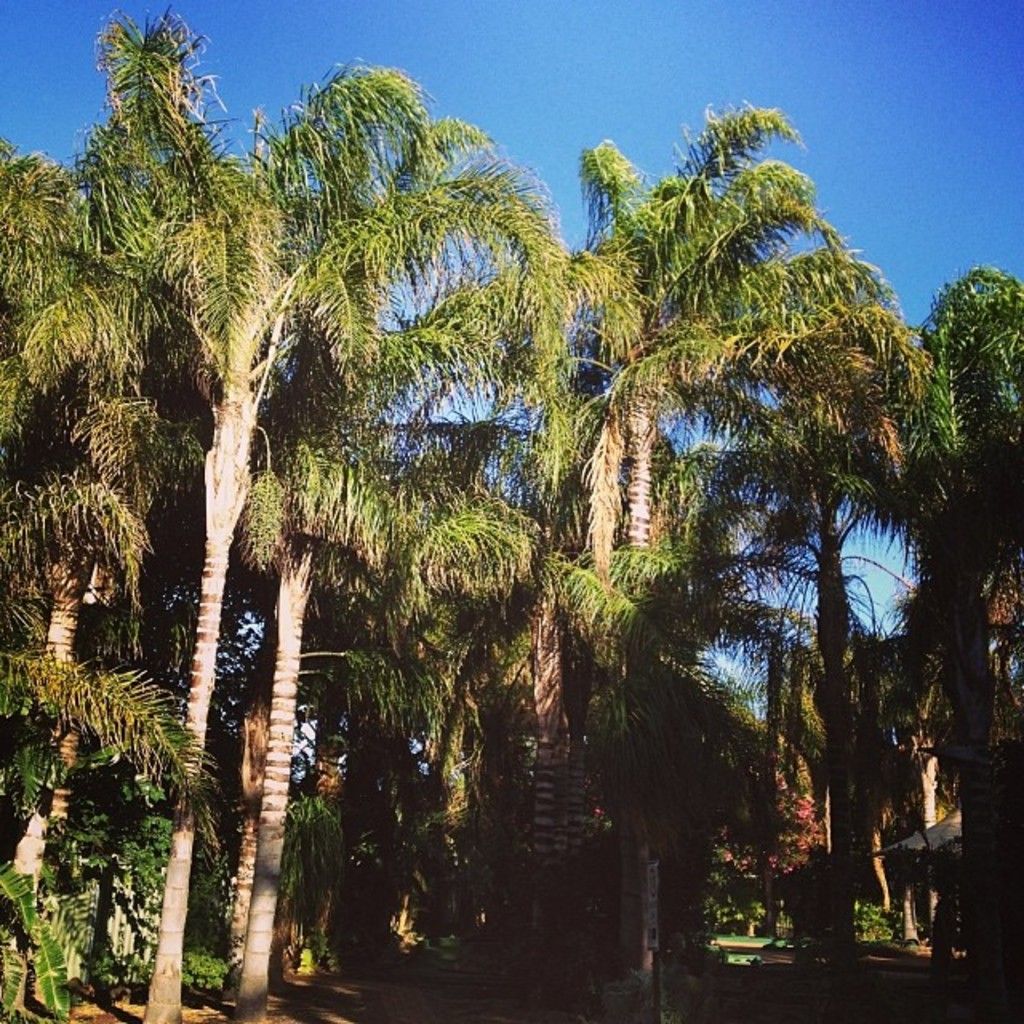Japanese Space Agency Successfully Impacts Asteroid 300 Million Kilometers Away, Revealing Discovered Materials
Going Nuclear on Ryugu:
Japan's space agency, JAXA, sent its Hayabusa-2 spacecraft to bomb an asteroid named Ryugu, approximately 300 million kilometers away from Earth. This asteroid orbits between Earth and Mars.
To study this cosmic beauty, Hayabusa-2 launched a copper "bomb" the size of a tennis ball, creating a 10-meter-wide crater on Ryugu's surface. The impact revealed fascinating details about the asteroid, exposing its composition, age, and more.
The Asteroid Bombing
The Small Carry-on Impactor (SCI) from Hayabusa-2 produced an explosive cloud of material when it collided with Ryugu. Launched on April 5, 2019, the 2kg projectile hit the asteroid at 2 km/s speed, creating a spectacle.
Insights from Ryugu's Debris
Analysis of the ejected debris by Kobe University scientists, published in Science, suggests Ryugu's surface to be around 8.9 million years old. However, other models estimate its age to be around 158 million years old.
Despite Ryugu's age, it's composed of materials up to 4.6 billion years old, fused with other broken asteroids only about 10 million years ago, according to Masahiko Arakawa, lead researcher of the study. The asteroid's surface is also made of a cohesion-free material, similar to loose sand.
The Warzone of Asteroids
The size and number of craters on asteroids can help scientists determine their age and surface properties. However, understanding crater formation and their scale laws is crucial for these studies. Arakawa and his team used observations from the SCI impact experiment to test these laws and gather unprecedented data from Ryugu's surface, revealing some exciting discoveries.
The crater formed around the impact site was semicircular with a raised rim, central hole, and an asymmetric ejection pattern, possibly due to a large buried rock near the impact point. These findings could have implications for estimating the surface age of asteroids.
The Mission Continues
In June 2018, Hayabusa2 reached Ryugu, discovering this one-kilometer-long asteroid covered with boulders up to 160 meters in size. After a successful mission, the spacecraft began its journey back to Earth in November 2019, delivering samples that offered an unprecedented view of materials formed during the Solar System's earliest phases.
However, the returned samples contained an unexpected artifact of artificial origin. Currently, the spacecraft is en route to its next destination, with a mission extension planned through at least 2031, where it will study the asteroid 1998 KY26.
Join our Telegram group for exciting discussions and awesome giveaways: t.me/ourwebsite
Recent Headlines:
- Japanese mission successfully delivers asteroid samples to Earth, providing unprecedented insights into materials formed during the solar system's earliest phases.
- One of the containers filled with surface materials from the asteroid unexpectedly featured an artifact of artificial origin.
- The Small Carry-on Impactor (SCI) from Hayabusa-2, a projectile launched for the purpose of bombing Ryugu, produced an explosive cloud of material when it collided with the asteroid, shedding light on the science of space-and-astronomy.
- The unexpected artifact of artificial origin found among the returned samples from Ryugu suggests the presence of technology from the early phases of the Solar System, furthering our understanding of its history through science and technology.




